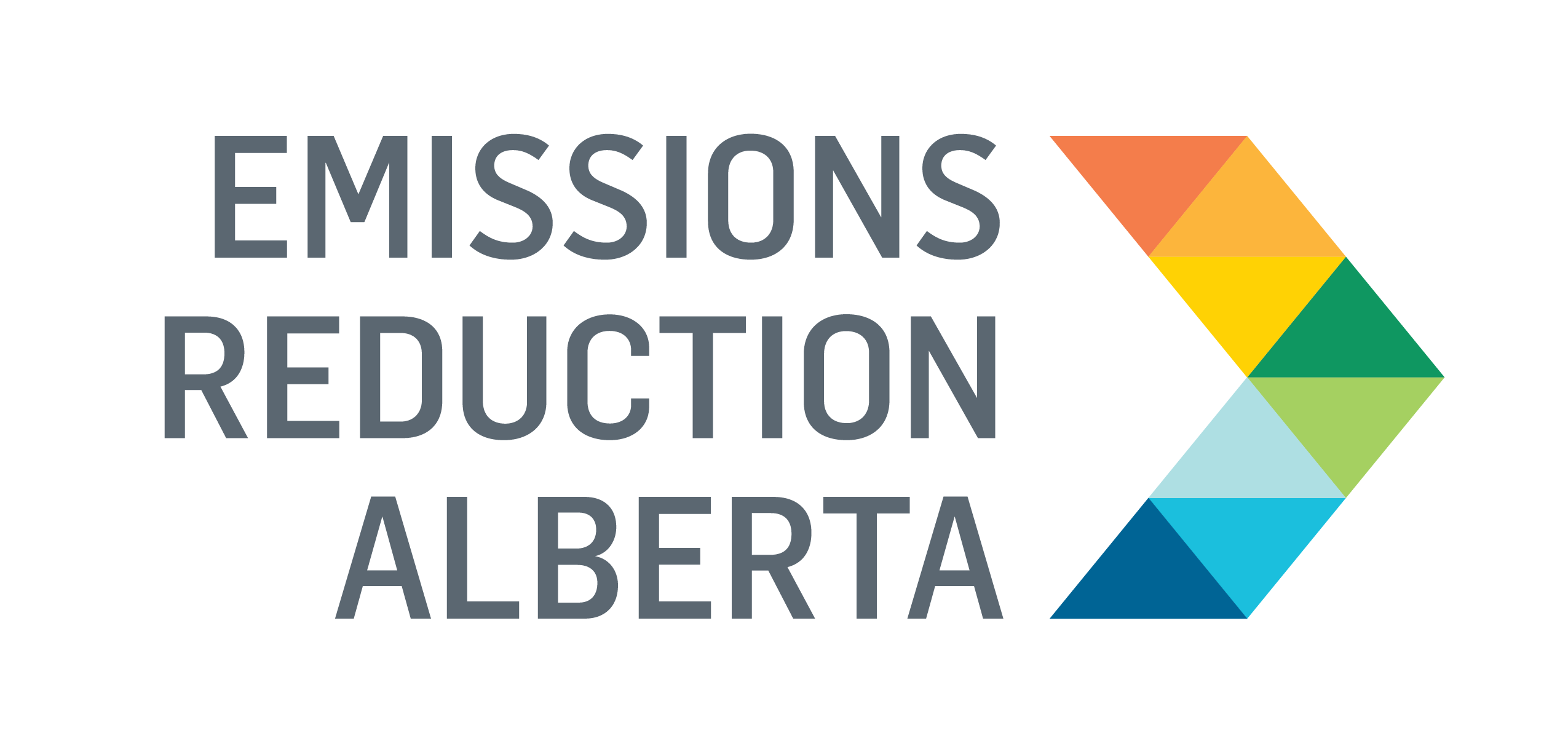Using Cryogenic Freezing for Carbon Capture and Energy Storage
The Cryogenic Carbon Capture™ with Energy Storage (CCC ES™) project was funded in 2012 through Round 5: SMEs Only and demonstrated a novel post-combustion CO2 capture technology that uses cryogenic cooling to efficiently remove CO2 from flue gas. The objective of this project was to explore the energy storage capability of the CCC system.
The CCC process is a retrofit, post-combustion technology that removes CO2 from power plant flue gas by cooling it to extremely low temperatures until the CO2 solidifies. The system separates this solid CO2 from the remaining gases, then melts and compresses it into a high-purity liquid for transport or storage. What makes the process unique is its use of liquefied natural gas (LNG) as both a refrigerant and an energy storage medium. During periods of low electricity demand, excess LNG is produced and stored. During peak demand, the stored LNG is used to power the capture process, eliminating most of its energy draw from the grid. This process allows the system to provide carbon capture while also helping stabilize the grid, integrate renewables and reduce overall energy costs. These characteristics go beyond the capabilities of conventional chemical capture systems and could result in an 85 per cent reduction in emissions at coal power and other types of emitting plants.
Determining the Most Effective Refrigerant
The CCC ES™ project provided several key lessons learned about the feasibility and performance of integrating cryogenic carbon capture with energy storage. One of the most significant findings was that LNG can serve as an effective refrigerant for the process, enabling large-scale energy storage while offering refrigeration performance comparable to or slightly better than traditional options. The project confirmed that refrigeration uses the most energy in the system, accounting for around 80 per cent of total consumption, and that more than half of this load can be shifted using stored LNG, significantly reducing peak energy use. Additionally, the project found that variations in natural gas composition, particularly when there are hydrocarbons, can affect the performance and may require pre-treatment or adjustment of operations.
Economically, the ability to store energy and shift usage to off-peak periods creates potential revenue opportunities that could offset 80 to 90 per cent of carbon capture costs, though these benefits are not always reflected in traditional cost models, which may undercut the full value of CCC ES™. Overall, the project demonstrated that CCC ES™ is technically viable, economically promising, and especially well-suited to supporting renewable integration and grid stability through its fast response and energy-shifting capabilities.
What’s next?
Since this project’s completion in 2015, Cryogenic Carbon Capture™ with Energy Storage (CCC ES™) technology has advanced from pilot testing to early-stage commercial deployment. This project served as an informative base for this commercial deployment. The original proponent company, Sustainable Energy Solutions, is now a subsidiary of Chart Industries, who will use CCC technology and proprietary equipment to develop integrated services and solutions for high-purity CO2 across a variety of end-use applications. This CO2 can be liquefied, pumped to pressure and sent by pipeline to underground storage reserves, used in enhanced oil recovery and fuel manufacturing. Due to advantages such as site and cost footprint, their technology is being evaluated as a frontrunner for large commercial-scale CCS facilities by multiple companies in Alberta.
